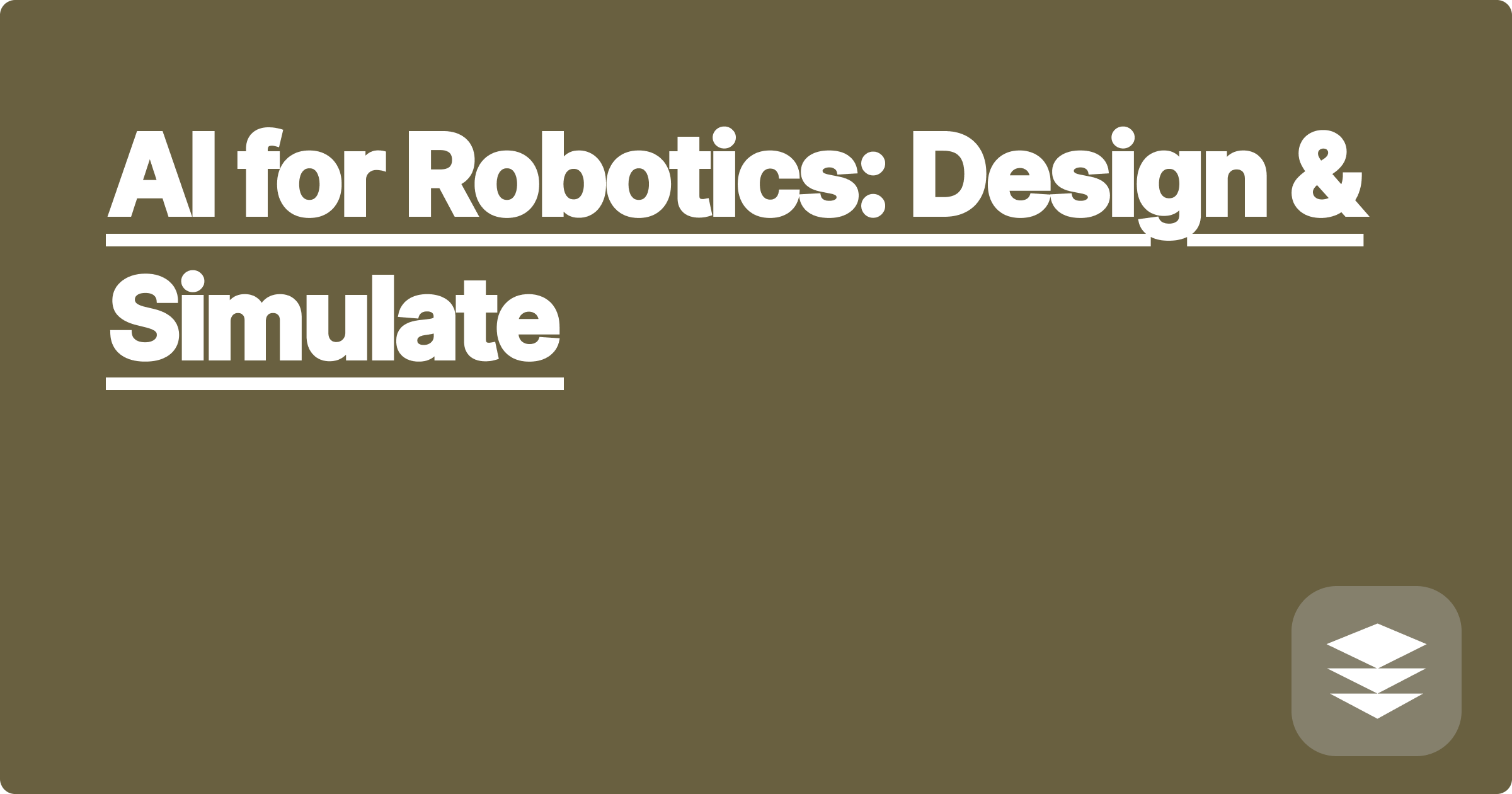
The world of STEM is exciting, challenging, and ever-evolving. For students and researchers, the demands are high, the workload is immense, and the pressure to innovate is constant. Keeping up with the latest advancements, managing time effectively, and producing high-quality work can feel overwhelming. But what if there was a way to streamline your workflow, boost your productivity, and unlock your full potential? Artificial intelligence (AI) is rapidly transforming the STEM landscape, offering powerful tools and resources that can revolutionize how we learn, research, and innovate. This blog post explores how AI can empower you to excel in your STEM journey, focusing on robotics design and simulation, and highlighting some lesser-known tools that can give you a real edge.
Imagine having a personalized AI partner that helps you navigate the complexities of your studies and research. This isn't science fiction, it's the reality of Generalized Personal AI (GPAI), a concept gaining traction in the AI community. GPAI envisions an AI assistant that understands your individual needs, goals, and learning style, providing tailored support for everything from scheduling and time management to data analysis and literature reviews. We'll delve deeper into the potential of GPAI and how it can transform your academic and research experience. This blog post will also introduce you to several niche AI tools specifically designed for STEM fields, offering practical examples and tips to help you integrate these technologies into your workflow and achieve your academic and career goals.
Designing and building a robot is a complex process involving numerous steps, from conceptualization and design to prototyping and testing. Traditionally, this process has been time-consuming and resource-intensive, requiring extensive manual effort and specialized expertise. Creating a physical prototype can be costly and time-consuming, especially when multiple iterations are required. Testing different designs and scenarios in the real world can be impractical and even dangerous, particularly for robots operating in hazardous environments. Furthermore, optimizing robot performance requires extensive simulations and data analysis, which can be computationally demanding and require specialized software and hardware. These challenges can significantly hinder the pace of innovation and limit the exploration of new robotic designs and applications.
AI offers a powerful solution to these challenges by automating many aspects of the robotics design and simulation process. AI-powered tools can assist with everything from generating initial designs to optimizing robot performance in simulated environments. For instance, generative design algorithms can explore a vast design space and automatically generate optimized robot designs based on specific constraints and objectives. AI-powered simulation platforms can create realistic virtual environments where robots can be tested and refined without the need for physical prototypes. These simulations can incorporate various real-world factors, such as gravity, friction, and sensor noise, allowing for more accurate and comprehensive testing. Moreover, AI can analyze vast amounts of simulation data to identify optimal robot parameters and control strategies, significantly accelerating the optimization process.
Integrating AI into your robotics workflow can be surprisingly straightforward. Start by identifying the specific tasks or challenges you want to address with AI. For example, you might want to automate the generation of initial robot designs or optimize the control algorithms for a specific task. Next, research and select the AI tools that best suit your needs. There are numerous AI platforms and libraries available, each with its own strengths and weaknesses. Once you have chosen your tools, familiarize yourself with their functionalities and documentation. Many platforms offer tutorials and examples to help you get started. Begin by applying the AI tools to a small-scale project or a specific aspect of your robotics design process. This will allow you to gain experience and refine your approach before tackling more complex tasks. As you become more comfortable, gradually expand the use of AI to other areas of your workflow.
Imagine using a tool like MuJoCo, a physics engine specifically designed for robotics simulations. You can define the robot's physical properties, such as its mass, inertia, and joint limits, and then simulate its behavior in a virtual environment. By integrating AI algorithms, you can optimize the robot's control parameters to achieve specific tasks, such as navigating a maze or manipulating objects. Another example is using AI-powered generative design tools like Autodesk Dreamcatcher. By specifying design constraints and objectives, such as material properties and weight limitations, the software can automatically generate a range of optimized robot designs. These designs can then be further refined and simulated using tools like MuJoCo.
Embrace GPAI as your personalized learning and research assistant. Use it to schedule your study time, set reminders for deadlines, and organize your research materials. Explore niche AI tools like Wolfram Alpha for complex calculations and equation solving, or tools like BioPython for analyzing biological data. Track your progress and measure the impact of AI on your productivity and academic performance. For example, you could measure how much time you save by using AI for literature reviews or how much your grades improve after using AI-powered learning tools. Share your experiences and insights with your peers and contribute to the growing community of AI-powered learners and researchers.
In conclusion, AI is not just a futuristic concept; it's a powerful tool that can transform your STEM journey today. By embracing AI and integrating it into your workflow, you can unlock new levels of productivity, creativity, and innovation. Start exploring the world of AI-powered tools and discover how they can help you achieve your academic and career goals. Don't hesitate to experiment with different tools and find what works best for you. The future of STEM is powered by AI, and the time to embrace it is now.
AI in Chem Eng: Optimize Lab Processes
AI for Calculus: Instant Problem Solving
AI Biology Tutor: Ace Your Exams
AI for Robotics: Design & Simulate
AI for Stats: Analyze Data Easily
AI in Computer Science: Learn to Code
AI for Materials Science: Discover
AI for Linear Algebra: Solve Equations